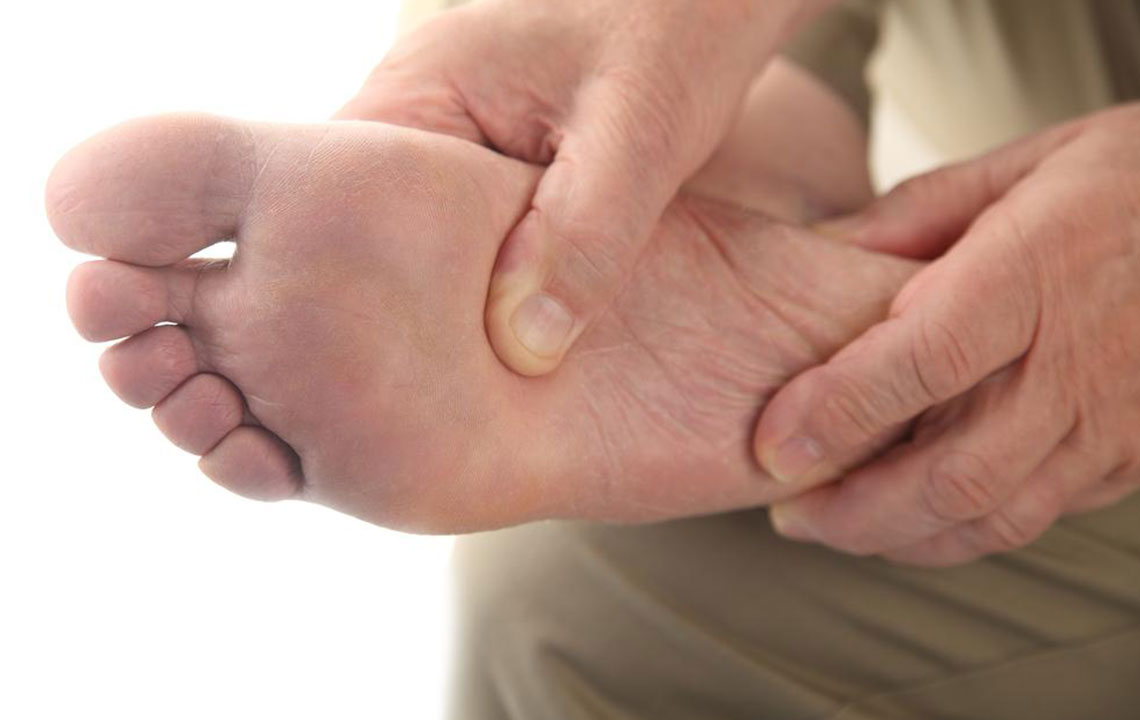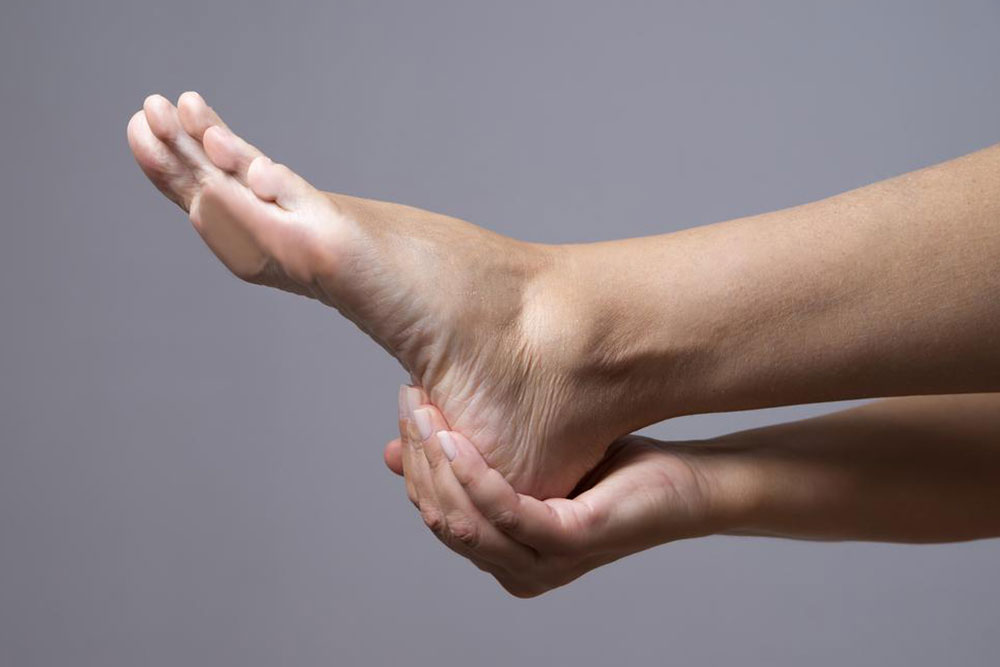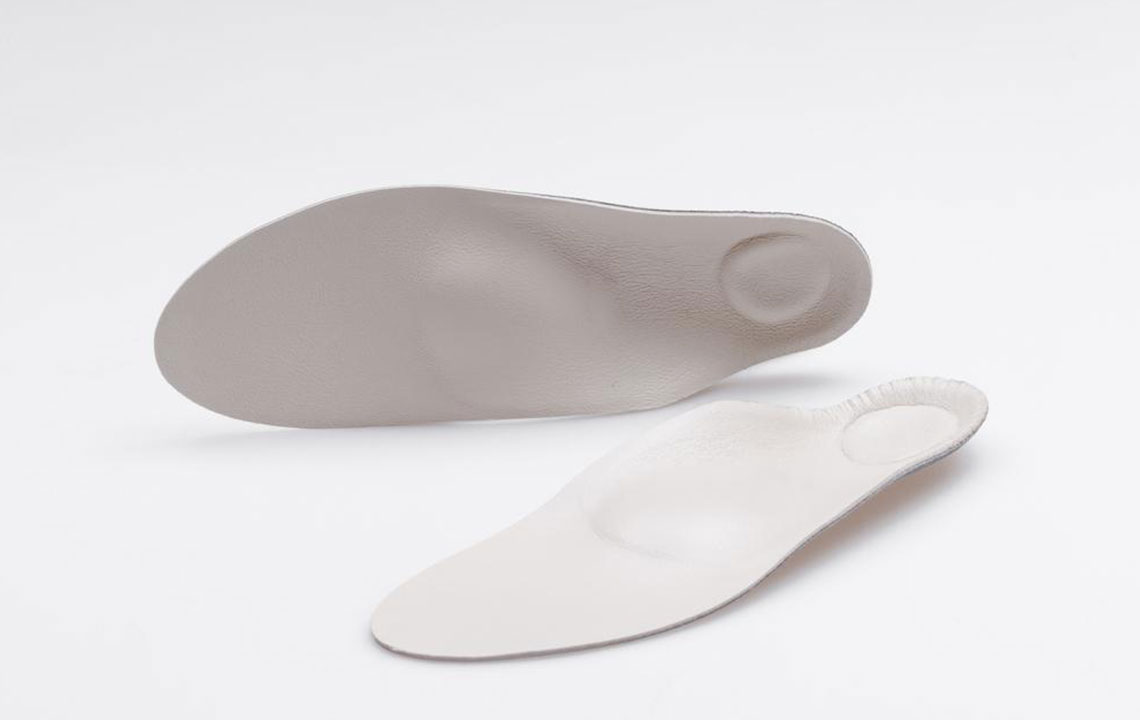Comprehensive Guide to Managing Plantar Fasciitis
This guide offers essential insights into plantar fasciitis, including causes, symptoms, diagnosis, and effective treatment options like orthotic inserts. Learn how to prevent and manage this common foot condition to improve mobility and reduce pain through proper footwear and medical support.

Understanding and Addressing Plantar Fasciitis
Persistent foot discomfort can often lead to ignoring symptoms until they worsen. You might think it's just from excessive walking or a minor injury, but ignoring persistent pain can be dangerous. It may indicate plantar fasciitis, a condition caused by inflammation of the plantar fascia—a thick tissue band connecting your heel to your toes.
This inflammation results from repeated stress, causing the tissue to tighten, tear, and become inflamed. Typically, pain is noticeable in the heel and arch, especially after sleeping or extended standing. Fortunately, effective treatments like orthotic inserts can alleviate symptoms.
The primary factor is overuse of the plantar fascia. Contributing causes include poor arch support from footwear, sudden weight changes, excessive physical activity, weak foot muscles, tight calf muscles, and arthritis. Pain usually targets the heel, arch, or midfoot areas.
Diagnosis of Plantar Fasciitis
Self-assessment involves noting if foot pain worsens after waking or during prolonged activities. An X-ray can reveal bone spurs—small bony growths under the heel. A podiatrist may perform physical tests, applying pressure to the heel to identify tenderness. Persistent pain warrants prompt medical consultation to prevent worsening difficulties in walking.
Prevention and Treatment Strategies
Managing plantar fasciitis involves supportive footwear and orthotics. Tips include:
Wearing shoes with firm arch support
Selecting shoes with shock-absorbing heel bases
Opting for footwear with cushioning at the front
Using specialized inserts designed for plantar fasciitis
What Are Plantar Fasciitis Inserts?
Orthopedic insoles reduce strain on the plantar fascia during walking and standing. They come in various materials like plastic, rubber, or felt, with or without prescription. Custom-made inserts, created from foot molds, offer tailored support for complex cases but are more costly. Over-the-counter options are accessible at stores, but testing different types before purchase is advisable.
Note:
Our informational content aims to provide reliable insights but should not replace professional medical advice. Readers are encouraged to consult healthcare providers for personalized diagnosis and treatment. We disclaim responsibility for discrepancies or unlisted options that may be more suitable for individual needs.










